Common Problems When Introducing Solids
Introduction
Starting solids is an exciting milestone in your baby's journey, though it can also feel overwhelming at times. Between purees flying back at you and monitoring for food allergies, there's a lot to navigate. Whether your little one is just beginning to master that first spoonful, we're here to walk you through the most common feeding challenges to help make feeding a smoother experience for your family.
When to Begin Solids: Signs of Readiness
Before we dive into solving feeding challenges, let's make sure your baby is actually ready for solids. Starting too early (before around 4 months) or waiting too long (well past 6 months) can sometimes make things trickier down the road.
Here are the key readiness signs we look for:
- Your baby can sit upright with minimal support and has good head control
- That tongue-thrust reflex (the one that pushes solids right back out) is fading
- They're showing curiosity about what you're eating—reaching for your food or utensils
- They can pick up small objects and bring them to their mouth (hello, fine motor skills!)
One important thing to remember: until about 6 months, breast milk or formula is still your baby's main source of nutrition. Solids are just the supporting act for now!
Core Challenges in Early Feeding
Let's talk about the most common feeding hurdles you might encounter and what's really going on behind them.
Tongue‑Thrust Reflex & Food Spitting
Many babies instinctively push food out with their tongue as an automatic protective reflex. If your baby keeps refusing the spoon by spitting or pushing food away, it might mean the reflex is still hanging around or the texture just isn't quite right yet.
Turning Away or Refusing the Spoon
When your baby turns their head away or goes stiff, they're usually telling you something: maybe they're not interested, they're full, or they're feeling a bit overstimulated. And here's the thing—forcing it never helps. Trust their cues!
Strange Faces to Texture Aversion
Those hilarious scrunched-up faces when your baby tries something new? Totally normal! They're processing new flavors, temperatures, and textures—it's all part of learning. A funny face doesn't always mean they hate it; sometimes they just need a few tries to catch up.
Gas, Bloating & Constipation
As your baby's digestive system adjusts to solids, you might notice more gas or firmer poops. Some foods (like bananas, rice cereal, and applesauce) tend to be more binding, while others ( prunes, pears, and veggies) can help things move along more easily.
Food Allergies & Food Sensitivities
Keep an eye out for signs like rash, vomiting, wheezing, swelling, or persistent diarrhea—these could point to an allergy. Introduce new foods one at a time and wait 3–5 days before adding another so you can spot any reactions. If you see signs of a severe reaction (anaphylaxis), get medical help right away.
Resistance to Self‑Feeding
Some babies are hesitant to pick up food or hold a spoon themselves—and that makes sense! It's a brand new motor skill they're learning. Offering soft finger foods, baby-friendly spoon shapes, and lots of encouragement can help them gain confidence.
Eating Noise, Grunting, Gurgling
Babies often make all sorts of noises while eating as they figure out how to coordinate these new muscles. Most of these sounds are totally harmless, but if your baby seems distressed or keeps refusing food, it's worth checking in with your pediatrician.
Troubleshooting Feeding Issues: Solutions & Tips
Ready for some practical solutions? Here's how to tackle those challenges we just talked about.
Adjusting Consistency & Pacing
- Start with really thin purees—thin enough to flow slowly off the spoon
- Gradually thicken things up over time as your baby gets more comfortable
- Mix in breast milk, formula, or water if a food seems too thick
- Use a small spoon and offer just a tiny amount at first
- Pause between spoonfuls to give your baby time to swallow—slow and steady wins the race!
Adopt a Responsive Feeding Approach
- Offer food when your baby is calm, alert, and not too hungry or too tired (the sweet spot!)
- Let your baby be the boss of how much they eat—stop when they turn away, clamp their lips shut, or spit food out
- Avoid pressuring, forcing, or bribing—this can create negative feelings around food that stick around
Repeated Exposure & Persistence
- Many babies need 10 to 15 exposures (or even more!) before they'll accept a new food
- Serve small amounts multiple times rather than one big meal
- Mix up the textures: start with purees, move to mashed, then soft lumps, then finger foods
- Serve new foods alongside favorites to make them feel less scary
Blended Strategy: Purees + Finger Foods
Instead of sticking only to purees, gradually bring in soft finger foods like steamed carrot sticks, soft fruit strips, or ripe avocado. This gives your baby hands-on experience and encourages them to feed themselves.
Safety: Gagging vs Choking
- Gagging is usually just your baby adjusting—it's noisy and you can hear it, which is actually a good sign
- True choking is silent and requires immediate help
- Always supervise meals, keep your baby sitting upright, and avoid choking hazards like grapes, nuts, popcorn, and other hard, round, sticky, or small foods
- Consider using a baby fruit feeder to safely introduce fresh fruits while minimizing choking risk
Dietary Adjustments to Ease Digestion
- Make sure your baby is getting enough fluids—breast milk, formula, and water (when age-appropriate)
- Add fiber-rich fruits and veggies like prunes, pears, peas, and green beans to help with constipation
- Balance out binding foods (bananas, rice cereal) with gentler options
Introducing Allergenic Foods Safely
- Once your baby is comfortable with single-ingredient foods, gradually introduce common allergens like egg, dairy, peanut, fish, and soy
- Introduce allergens one at a time, waiting 3–5 days between new foods
- If your baby tolerates a food well, keep offering it regularly to help maintain that tolerance
Encouraging Self‑Feeding
- Offer finger foods or pieces that are easy to grasp—like ripe banana or steamed veggie sticks
- Give them a spoon with a short, curved handle that's easier for little hands to hold
- Eat together as a family—babies learn so much by watching you!
- Be patient—those little fingers and wrists are still developing
When to Seek Professional Help
While most feeding bumps smooth out with patience and consistency, it's time to reach out to a specialist if:
- Your baby consistently refuses most solids past 7–8 months
- You're seeing poor weight gain, failure to thrive, or developmental concerns
- You suspect there might be a structural issue like tongue tie or a swallowing problem
- Severe allergic reactions occur
- There's persistent gagging, choking, or breathing difficulty without any improvement
Feeding therapists, pediatric dietitians, and ENT or speech-language pathologists who specialize in infant feeding can offer both diagnostic support and behavioral strategies.
Conclusion & Key Takeaways
- Start solids when your baby shows readiness signs—not just based on age alone
- Feeding challenges like spitting, turning away, and gagging are often temporary adjustments, not permanent refusals
- Take a responsive, patient approach and make changes to texture and exposure gradually
- Keep safety front of mind, and remember that gagging is different from choking
- Introduce allergenic foods carefully and watch for reactions
- Don't hesitate to seek professional help if challenges persist beyond expected timelines or if your baby's growth is affected
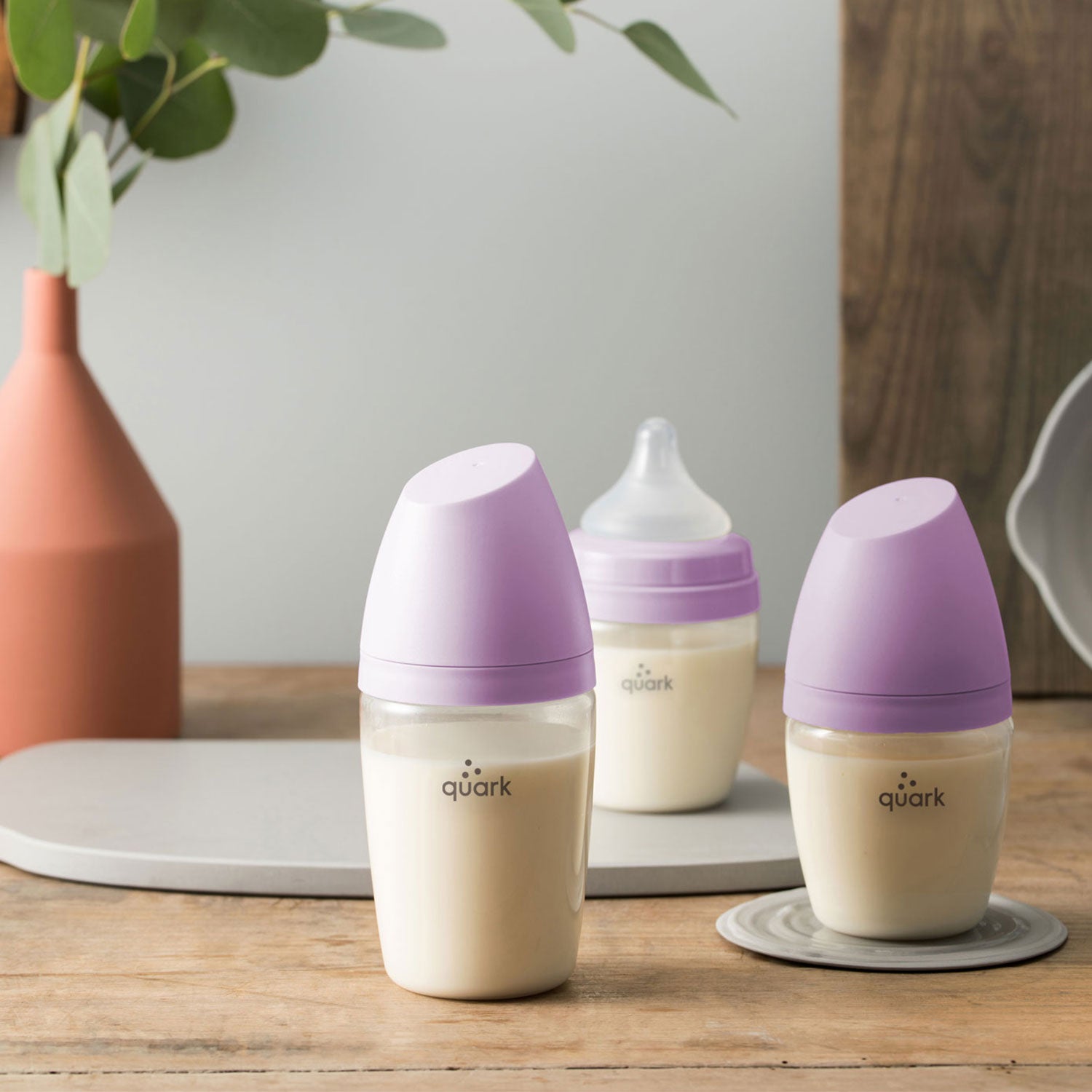




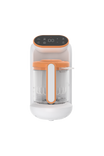
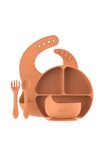
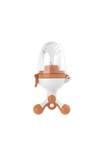
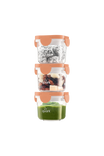
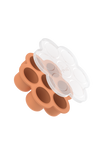
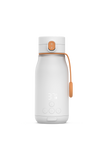

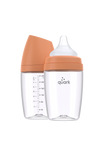
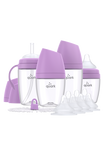
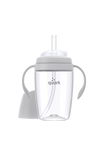
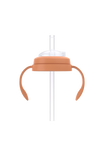
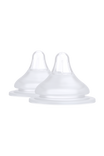
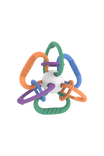
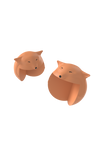



Leave a comment
All comments are moderated before being published.
This site is protected by hCaptcha and the hCaptcha Privacy Policy and Terms of Service apply.